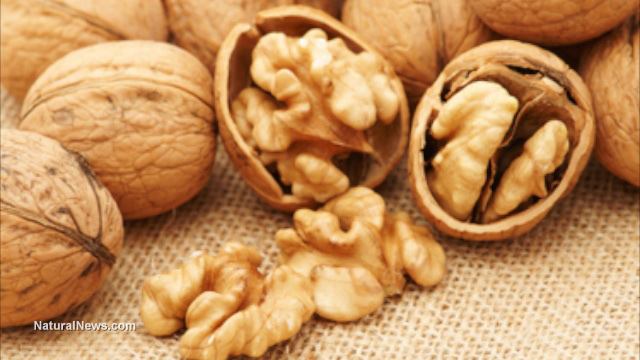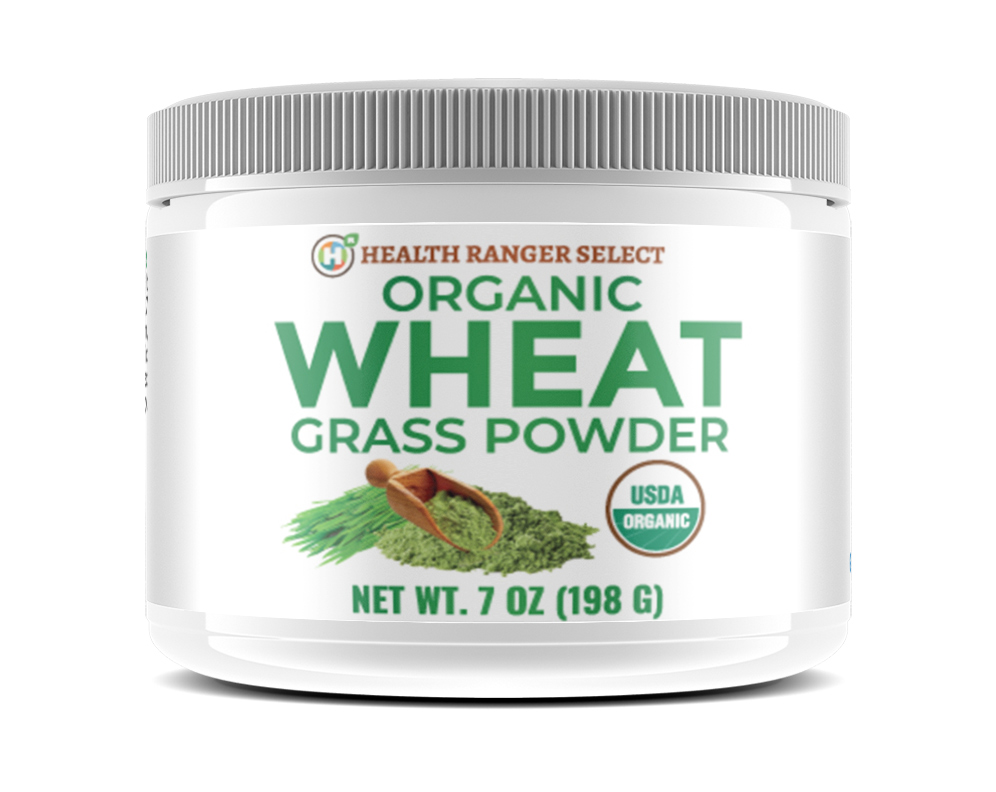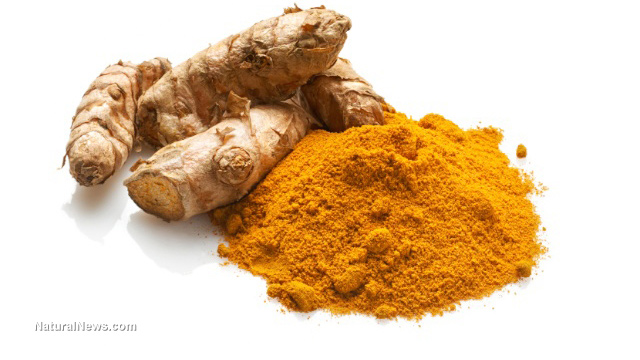Compound found in fish and vegetables found to protect hypertensive people from heart disease
02/14/2019 / By Edsel Cook

Trimethylamine oxide is an organic compound present in fish- and vegetable-based foods. A rat model of hypertension showed that increasing the amount of this natural chemical could lower the risk of cardiovascular disease in hypertensive animals.
The Medical University of Warsaw provided support for the study. The results were published in the American Journal of Physiology-Heart and Circulatory Physiology.
- Spontaneously hypertensive rats (SHRs) received either ordinary water or a trimethylamine oxide (TMAO) water solution. Meanwhile, the control group is made up of Wistar-Kyoto (WKY) rats.
- Once the animals reached their seventh week of life, their blood pressure was evaluated every week until the 16th week for a total of 12 weeks of treatment. The histopathology and the plasma TMAO of the rats were also measured.
- Compared to the untreated control group, the rats given the TMAO solution demonstrated much greater levels of trimethylamine oxide in their blood. The plasma TMAO of the treated animals increased by 400 to 500 percent. There were no signs that consuming the solution triggered or aggravated hypertension.
- The 16-week-old rats in both test groups turned out to have similar levels of angiopathy, cardiac hypertrophy, and blood pressures. However, the TMAO treatment group boasted healthier levels of cardiac fibrosis, left ventricular end-diastolic pressure (LVEDP), and lower plasma NH2-terminal pro-B-type natriuretic peptide.
- The 60-week-old untreated rats suffered from hypertensive angiopathy and serious heart failure. Meanwhile, the 56-week-old TMAO-treated animals enjoyed much lower plasma NH2-terminal pro-B-type natriuretic peptide, vasopressin, LVEDP, and cardiac fibrosis.
The Polish researchers concluded that consuming larger amounts of trimethylamine oxide was a potential means of alleviating hypertension. It could also help prevent the onset of more serious heart diseases.
Journal Reference:
Huc T, Drapala A, Gawrys M, Konop M, Bielinska K, Zaorska E, Samborowska E, Wyczalkowska-Tomasik A, P?czek L, Dadlez M, et al. CHRONIC, LOW-DOSE TMAO TREATMENT REDUCES DIASTOLIC DYSFUNCTION AND HEART FIBROSIS IN HYPERTENSIVE RATS. American Journal of Physiology-Heart and Circulatory Physiology. 10 Dec. 2018;315(6). DOI: 10.1152/ajpheart.00536.2018.
Tagged Under:



















